Basic knife cuts you should know in the kitchen
One of the most fundamental things you learn when you start cooking is your knife skills, sharpening this skill will vastly improve the visual appeal, uniformity, consistency and texture of the dish you make, below are some basic knife cuts (and the fancy French name) that will help you elevate your cooking skills and overall confidence in the kitchen, a little structure never hurt anyone
Julienne (French cut)
Also known as the “matchstick cut’’ or “allumette” when cutting potatoes, you’ve probably seen this quiet a few times if you have followed a recipe.
Start by trimming of the edges and ends of the vegetable (let’s say a carrot) to make a rectangular shape and then cut it into 2-inch (5cm) long pieces, take these pieces and make 1/8th inch (3mm) cuts to make thin rectangles which you can stack up and then cut them into 1/8th (3mm) inch stripes.
For a finer julienne follow the same steps but the dimensions would be 1/16th inch (1mm) instead of 1/8th inch (3mm)
Vegetables cut in this style are Ideal for salads and stir-fried items like noodles and rice, you can also use this when making carrot or beetroot curry.
The Brunoise Dice
This is a method is used to cut the vegetable into minute dices, you need to first julienne the vegetable, stack them uniformly and make small cuts that will yield dices that are around 1/8th inch (3mm) in size.
The vegetables are blanched to set the colour when used in garnishing, it’s especially used in consommé (a clear soup made of a flavourful concentrated stock), but you can also use it in omelets, sauces or even kick a plain old pol roti up a notch.
The Batonnet
This is a fancy way of saying sticks or batons in French, after you have formed a rectangular shape of the vegetable cut the length to be about 1 ½ inches (3cm) to 3 inches (5cm), then slice it to a ¼ inch (6mm) rectangle slab and that into ¼ inch (6mm) sticks or batons.
These are mostly used to present vegetables as bite-size as hors d’oeuvre and makes an excellent thick cut for the beloved French fries!
The Paysanne Cut
Payasanne means “country style” in French and is the more informal cut of the lot and requires less precision. It follows the shape of the vegetable which is about 1/8th inch in thickness, for example, you can simply slice up a carrot into 1/8th inch (3mm) circles.
This cut can be used for rustic soups, salads or sautéing the veggies for your pasta giving you a quick and even cook.
The Chiffonade
By using leafy greens like spinach, lettuce and herbs like mint or basil, you can make thing ribbons.
To create this start by stacking the leaves on top of each other and then roll them up into a cigar shape and make 1/8th inch (3mm) vertical cuts to make dainty ribbons.
You can then use herb chiffonade to flavor or garnish dishes. Toss it onto soups, on top of salads or add it to sauces and dips.
Macédoine (Small dice)
The macedoine is a bigger version of the brunoise cut, after forming a rectangular shape (you don’t need to follow this step for items like potatoes or turnips) cut them into ¼ inch (6mm) vertical slabs, then cut them into ¼ inch (6mm) thick stripes, the make ¼ inch (6mm) cuts to form cubes or dices.
A lot of recipes ask for a base of small diced veggies for sautéing to make sauces for pasta and such, the macedoine is an ideal skill to master for such instances.
Parmentier (Medium Dice)
Generally suited for soups and salads, the medium dice is made by cutting ½ inch (1.25 cm) vertical slabs that are then cut into ½ inch (1.25cm) vertical stripes and diced to ½’’ dices (1.25cm).
(Carré) (Large dice)
These larger dices are cut up into ¾ inch (2cm) which are then chopped up to ¾ inch (2cm) vertical stripes and finally diced to a size of ¾ inch (2cm).
These larger dices are excellent for fruit salads, pot pies, stews and Russian salad.

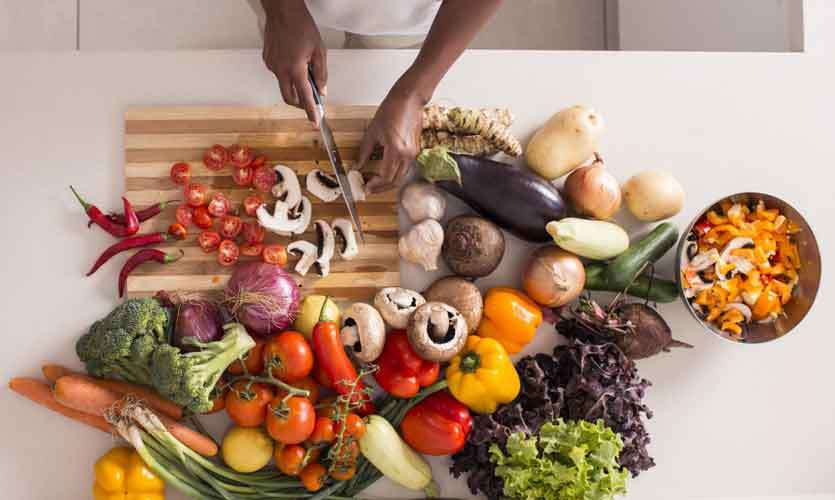
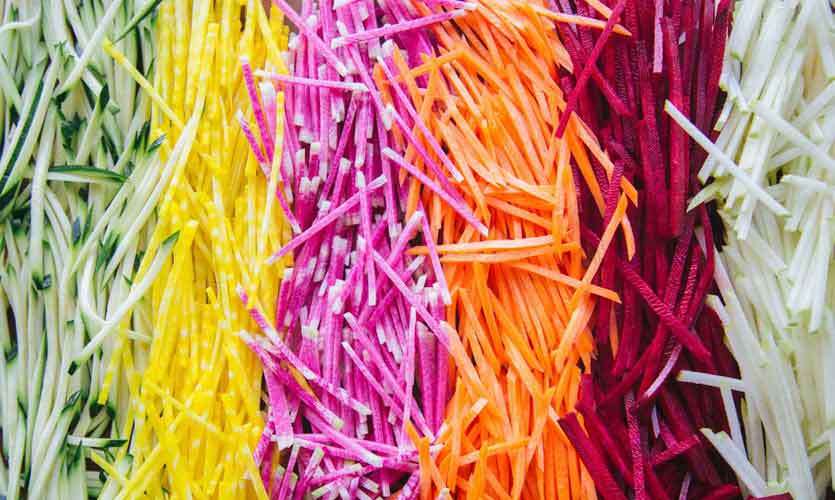
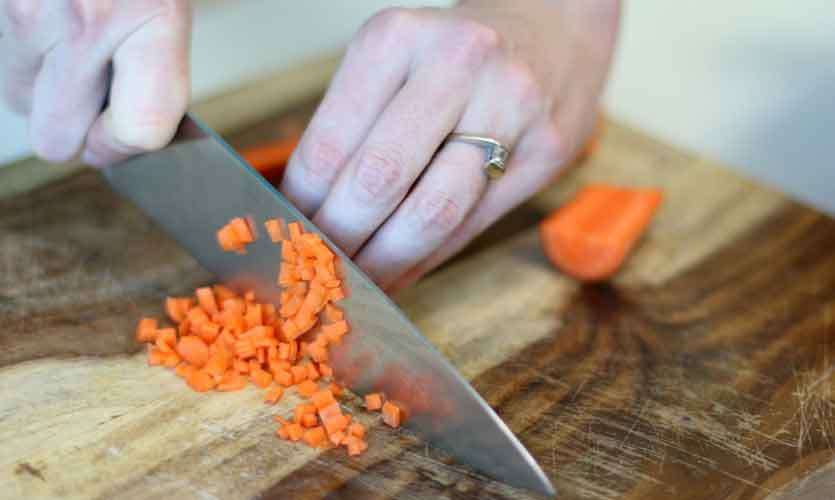
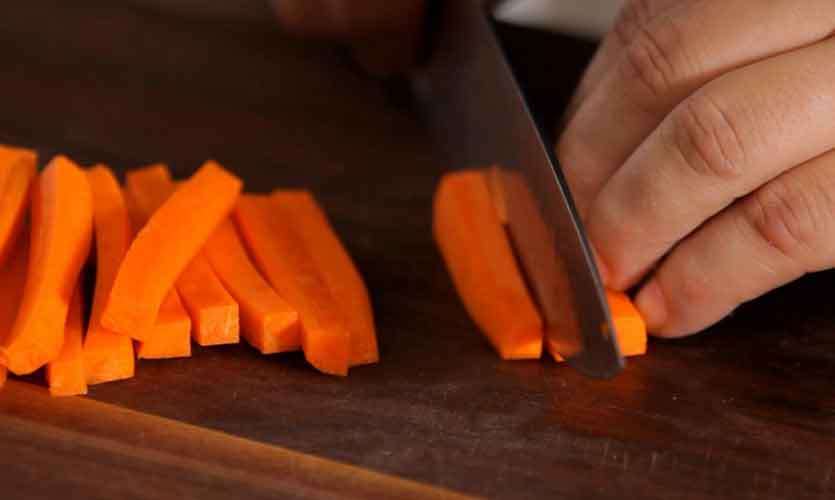
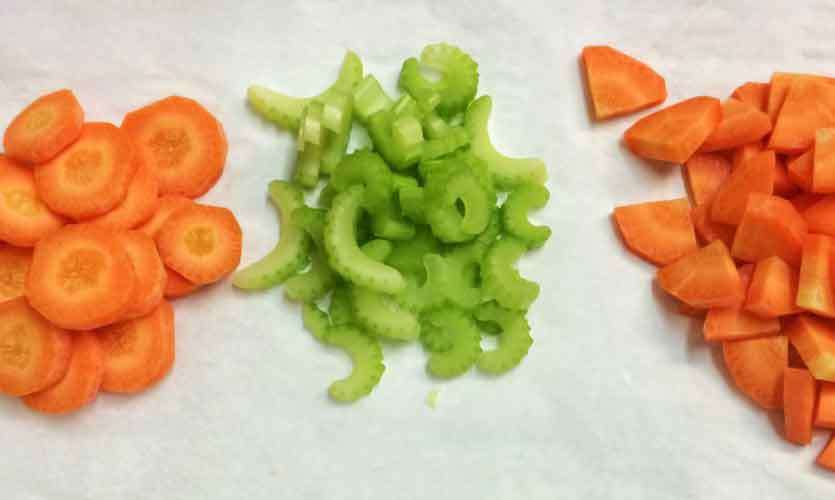
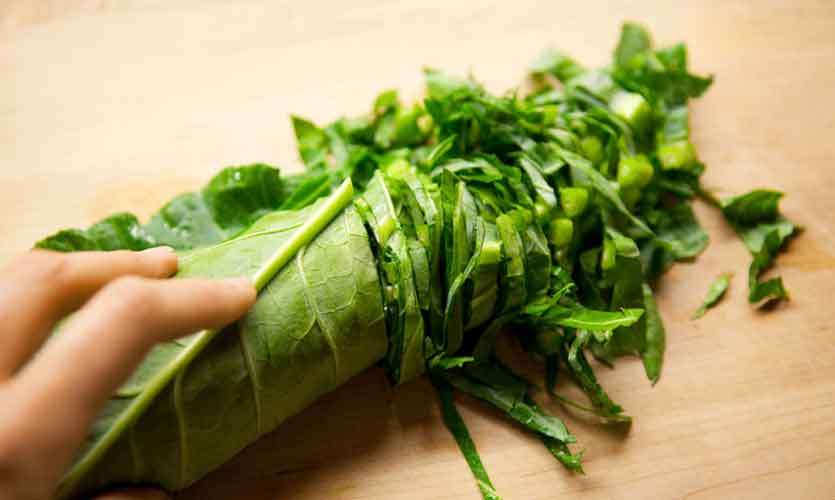
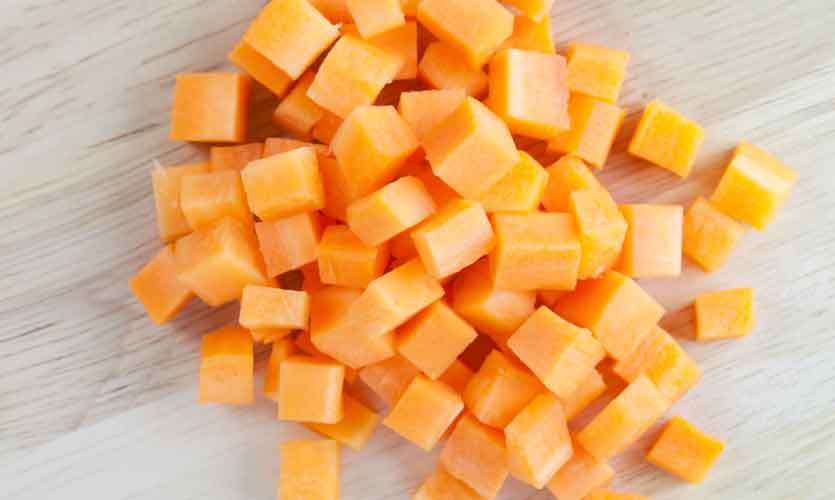
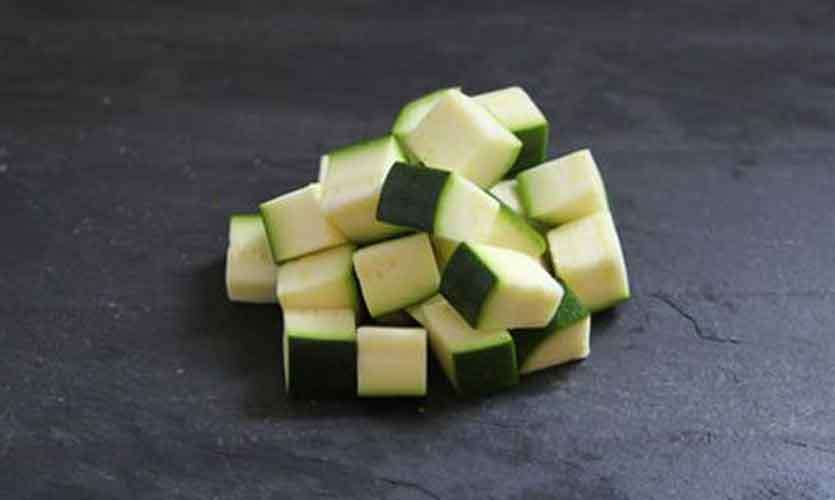
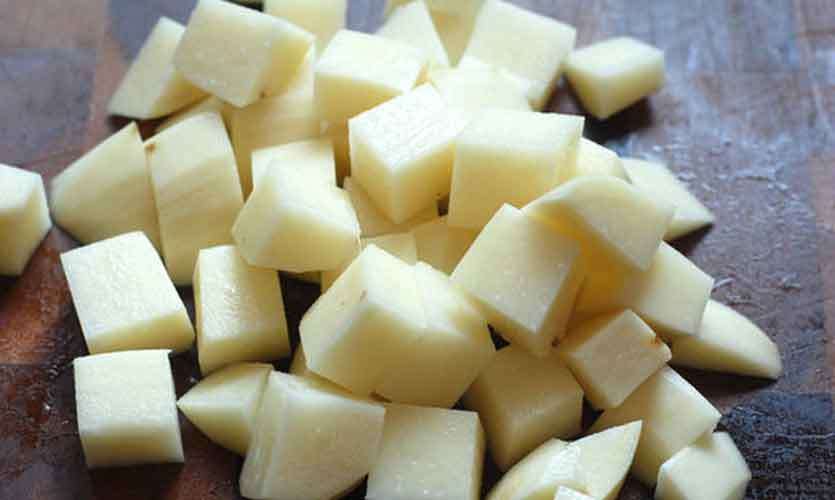
0 Comments